
Over two decades ago, a series of strange messages were spread in the Usenet. Their origin and purpose are still a mystery.
Scottish poet Thomas Urquhart (1611-1660) left behind two unsolved cryptograms. Along with many others, they are listed on a website maintained by Eugen Antal.
In 1941, a sender in Hamburg, Germany, transmitted an encrypted message to a receiver in Rio de Janeiro, Brazil. The encryption method and the key are known, but the plaintext has not been completely deciphered yet.
In 1931, a woman from Bonn, Germany, received an encrypted postcard from Switzerland. Can a reader break this cryptogram?
The “Playfair for Three” is a manual cipher that works similar as the Playfair, but is based on trigraphs instead of digraphs. Can you solve a challenge cryptogram that has been made with this method?
Ignaz Meyer, a Bavarian teacher and town writer, wrote an encrypted diary. The content of this joural gives interesting insights into the life of a 19th century individual who had a drinking problem and was not very successful in his job.
An anamorphic is a puzzle based on a special kind of secret writing. Here are two postcards with anamorphic motives. Can you decrypt them?
The Bank of England has announced that Enigma cryptanalyst Alan Turing will appear on the new £50 banknote.
Substituting letter pairs (also known as bigrams or digraphs) is an encryption method invented in the 16th century. Can you break a new challenge I have made?
In March, I blogged about a TV documentary about the Kryptos sculture produced by CNN. It has now aired and is available on Youtube.
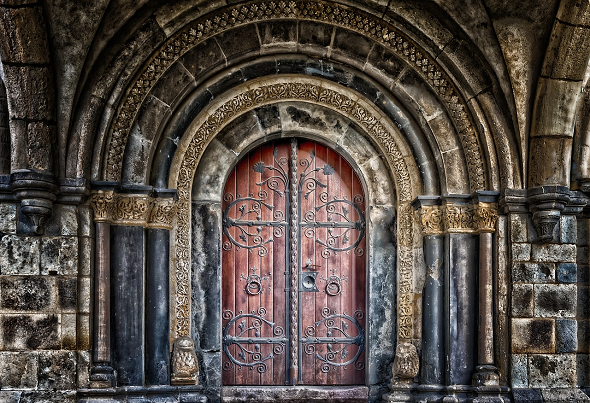
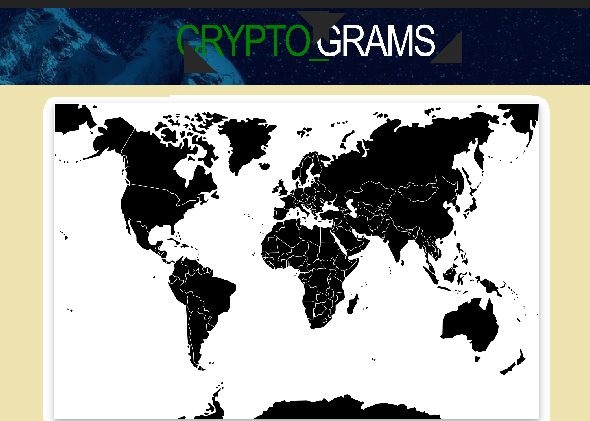
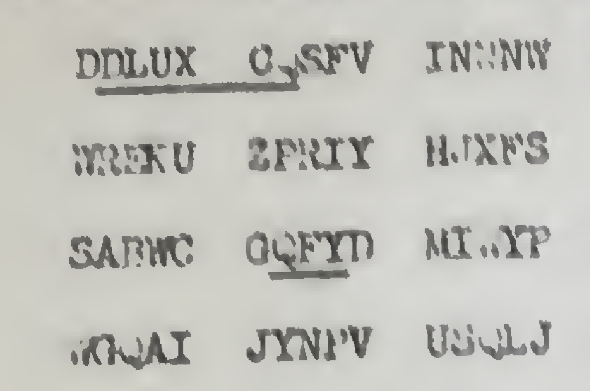
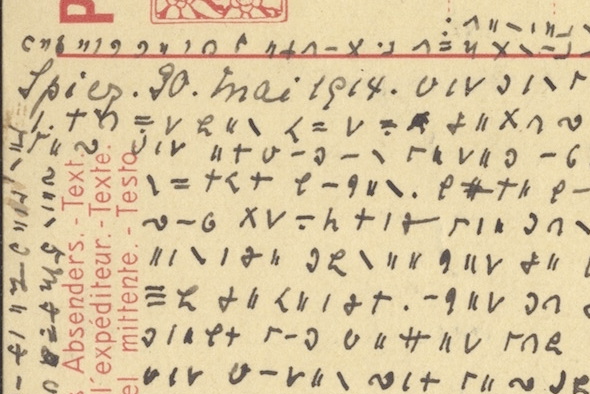
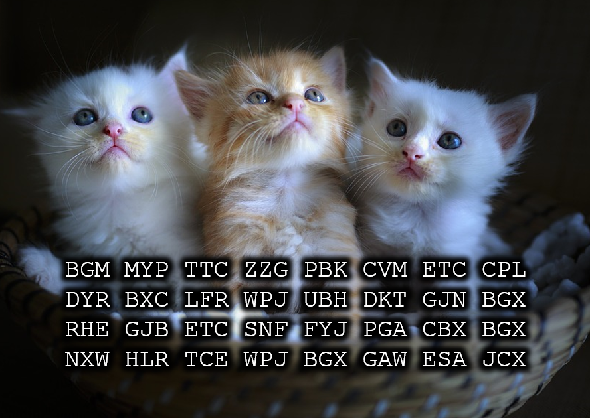
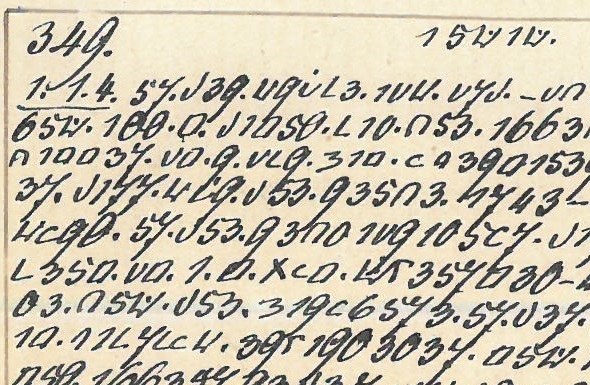
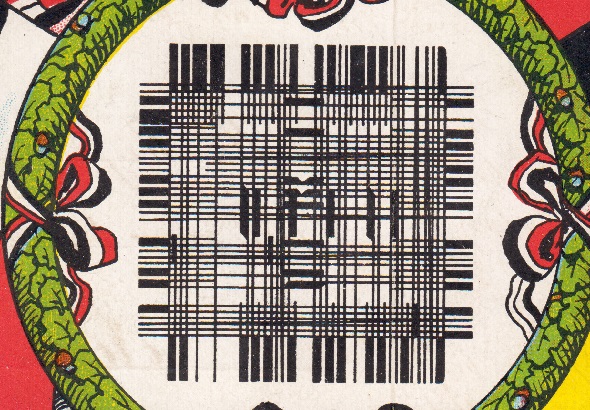
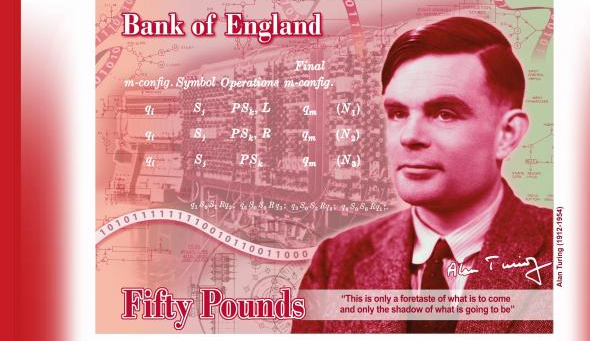
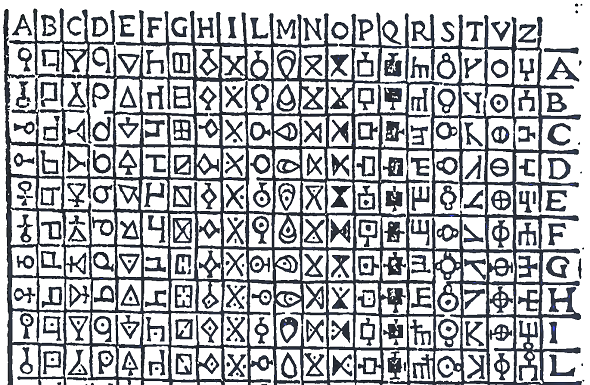
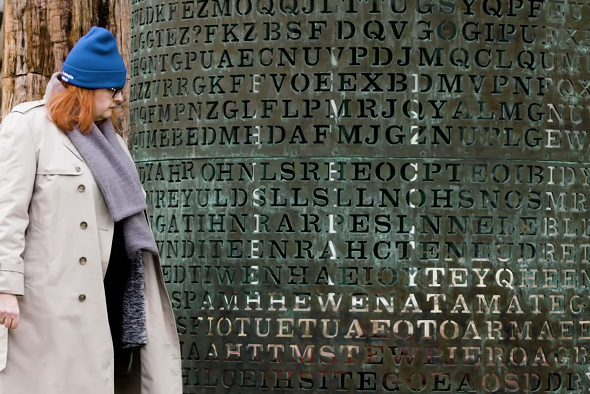

Letzte Kommentare